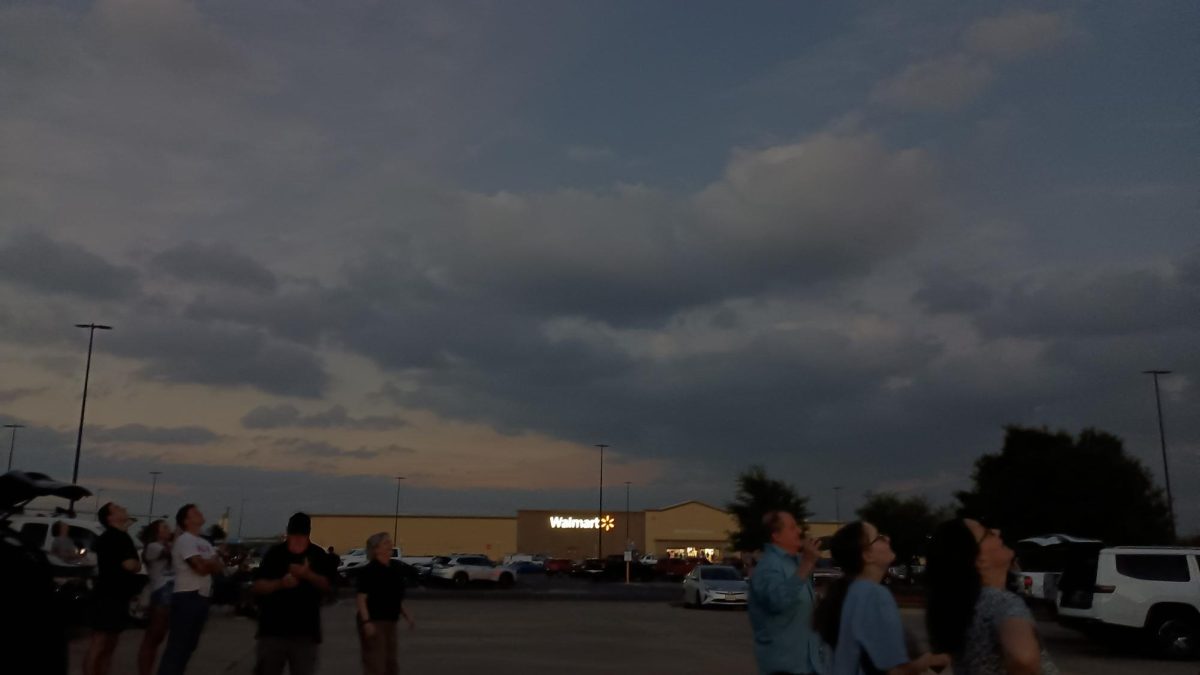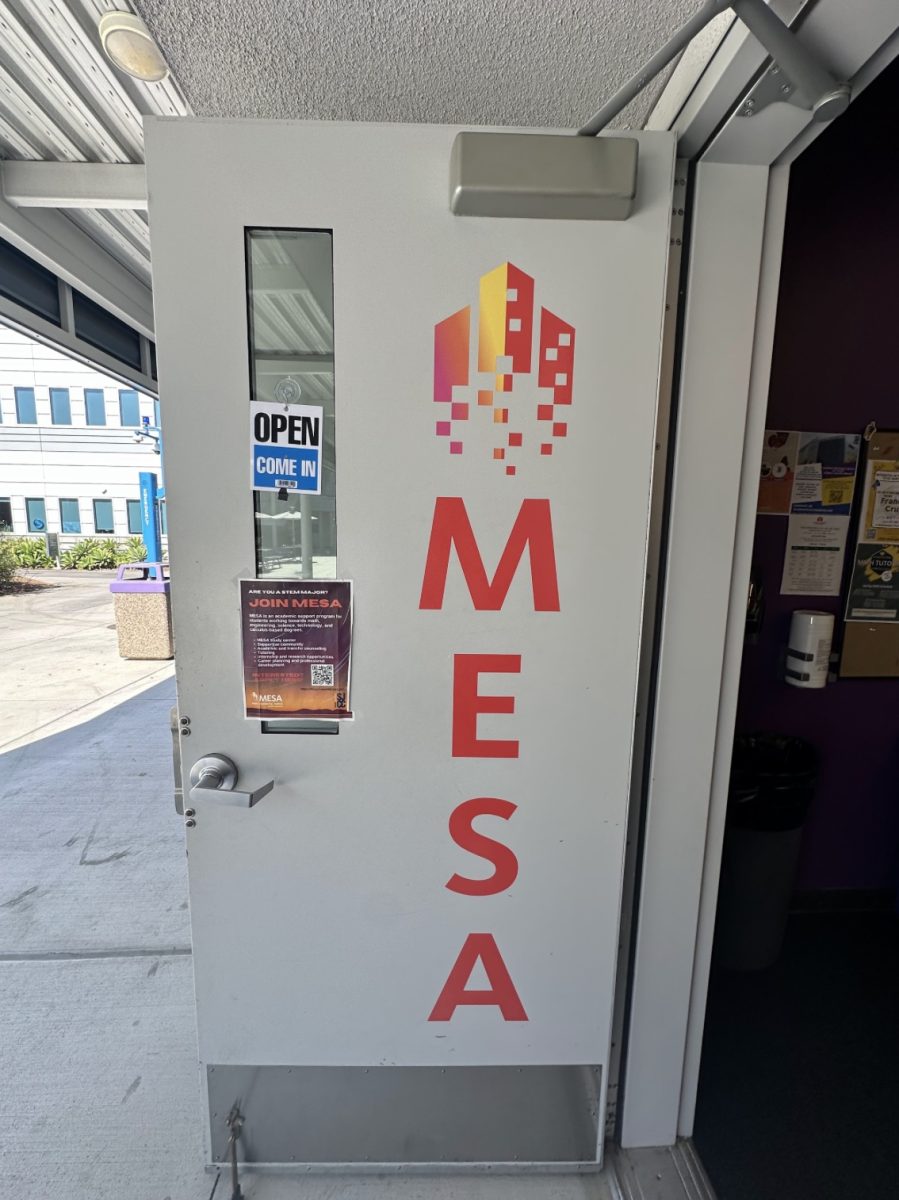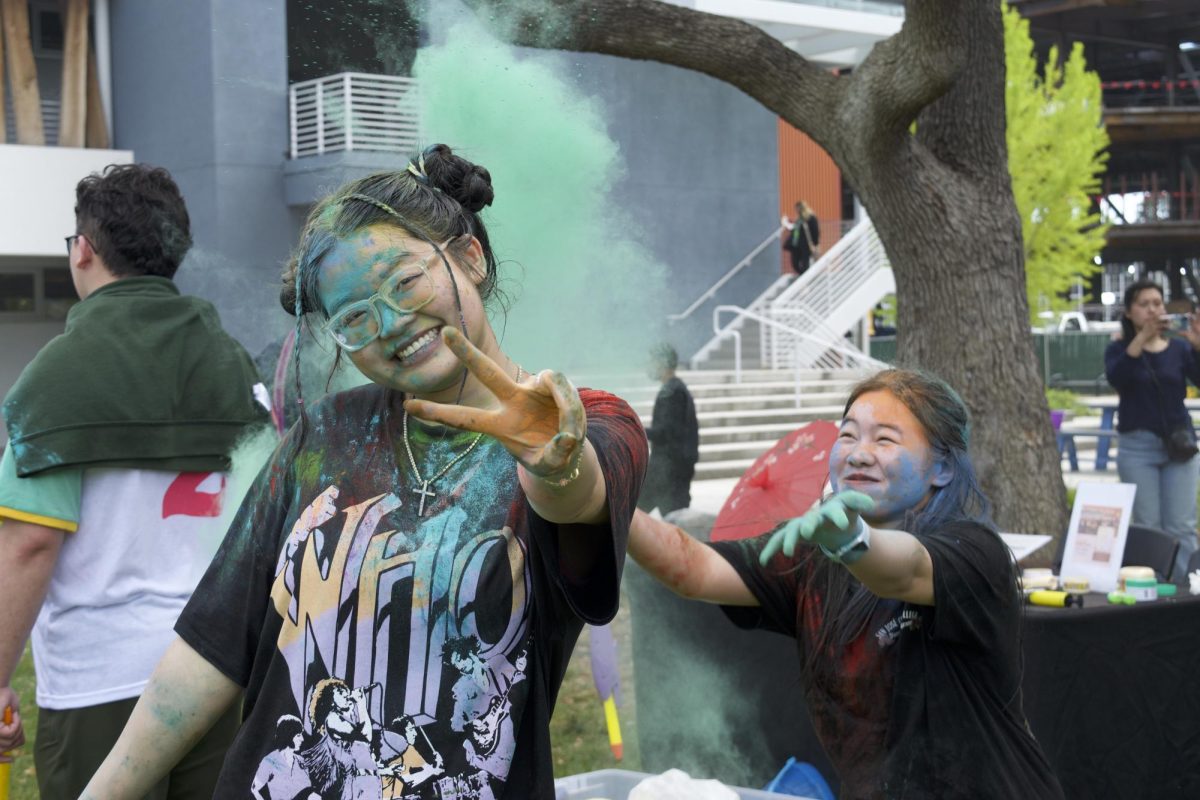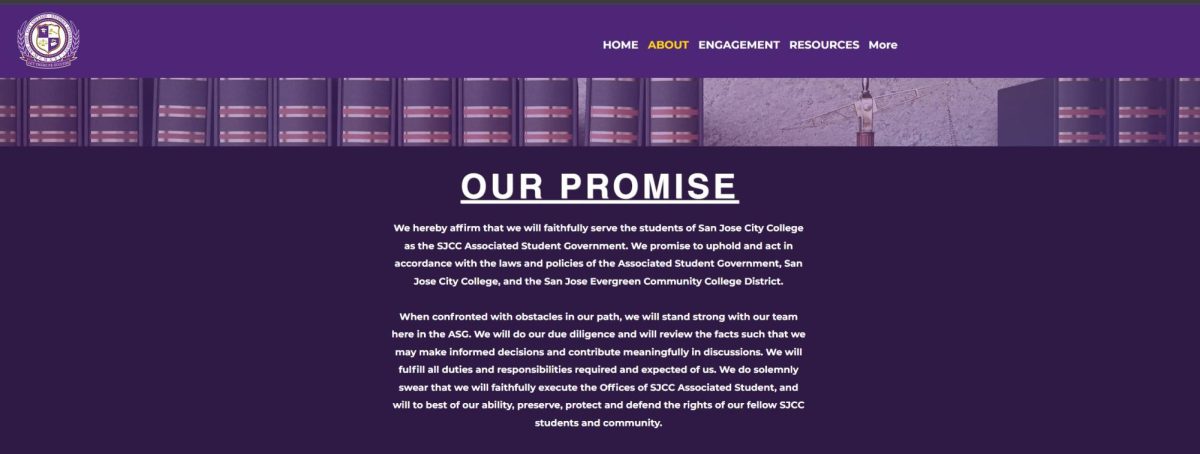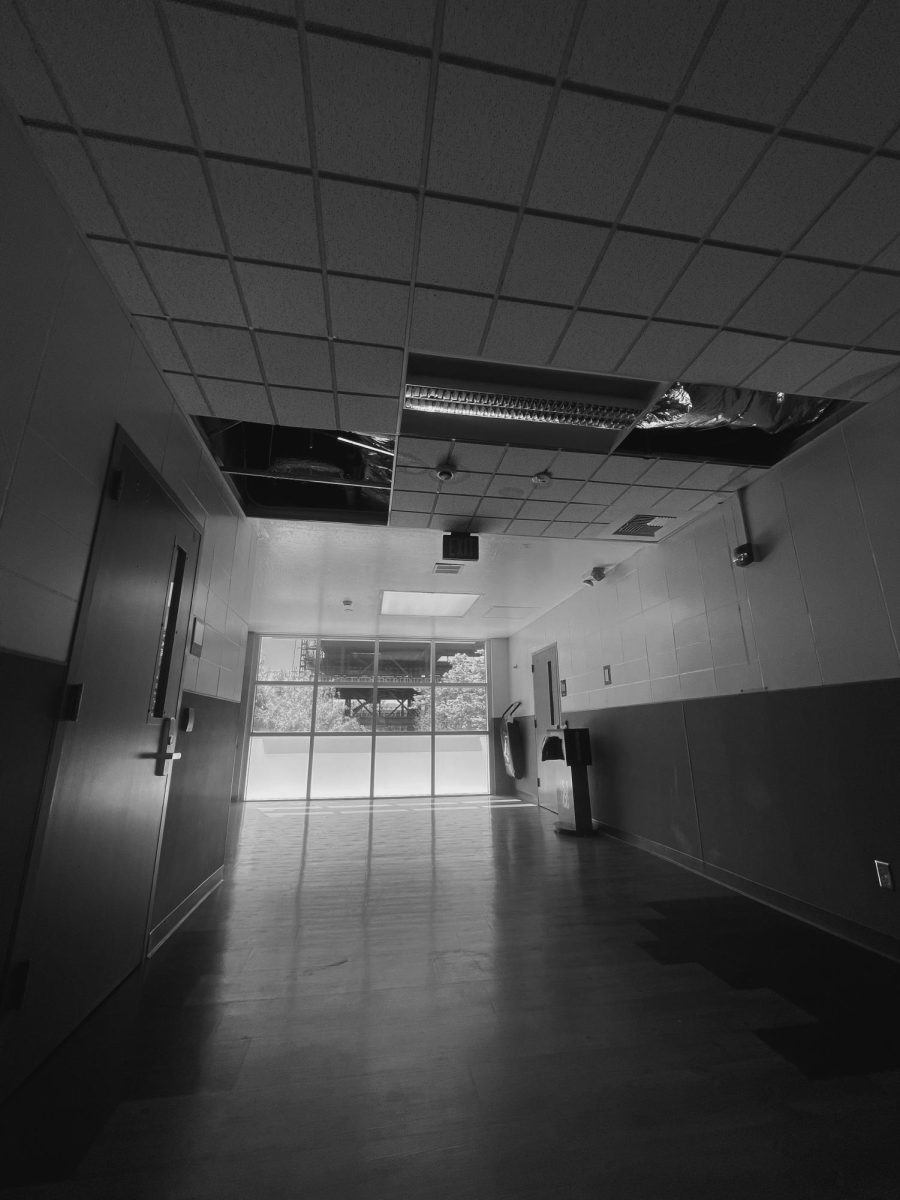According to NASA, solar eclipses can only occur when the Moon is close to one of its two orbital nodes during the New Moon phase. The last total solar eclipse was recorded last April 8th and Laurie Koloski, a student at San Jose City College witnessed this natural phenomenon from Texas, one of the few states where people could admire each of its phases, including the final stage, where the sun was totally covered by the moon’s shadow casting darkness for a few minutes.
Planning this trip took at least two years of preparation for Koloski’s husband and brother-in-law, the latter of whom is a self-described “eclipse chaser”, searching for the perfect location from which to appreciate this unique celestial show.
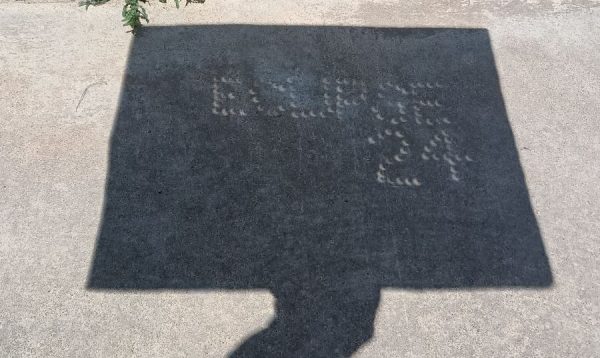
“He started planning this trip a couple of years ago and chose Kerrville, TX based on its location on the center line and its history of clear skies at this time of year. But when it became clear that it might be cloudy, he and a friend and my husband started strategizing about where to go instead,” Koloski said.
She explained that they had to drive 90 miles to get to Brady, Texas where there would be better visibility. Although the sky was clearer, Brady was further from the path of totality, so the group experienced two minutes less of total darkness.
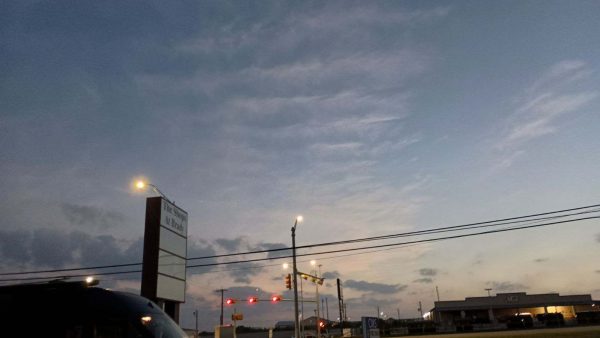
Koloski has had the opportunity to see partial and total eclipses in the United States before. In 2017, she and her husband drove to Oregon to witness the solar eclipse, each of which she said was a distinct experience.
“I’ve seen partial ones, where it gets a bit darker(…) but the difference between a partial and total eclipse is huge.”
This total eclipse viewing is what motivated Koloski and her husband to travel across state lines. They were chasing the details that were only visible during a full eclipse.
“When you get to totality, you don’t take your glasses off, and what you see is a black circle with these amazing white rays shooting out on all sides, you can also see sunspots, which look like little red blobs at the edges. And at the very beginning and end, you get a diamond ring effect. It is pretty amazing,” Koloski said.
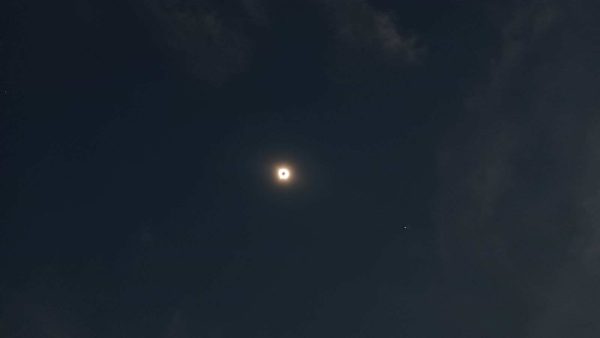
The student also recalled what it was like for her to witness this rare natural phenomenon in 2016.
“I was truly stunned (…) we were near some mountains, and you could see the shadow of the Moon coming at us so quickly, and then it got dark, and then the birds stopped making noise. Then you take off your glasses, and it’s just awe-inspiring (…) It makes you realize that you’re a teensy spec in a huge and powerful universe,” Koloski said.
Just like Koloski’s brother-in-law, thousands of other people who enjoy chasing eclipses were camping in the fields waiting for the moment when the moon would steal a few minutes from the sun to claim the role of the day’s protagonist.
Visible total solar eclipses are rare, the last one seen in the US was in 2017. The next solar eclipse visible from the US isn’t for another 20 years.
Fun Facts about the eclipse
- Eclipses play an important role in helping the world to understand the cosmos. It was an eclipse that revealed the radiant crown of the Sun, called the corona, which is normally too faint to be seen against the blinding brightness of the Sun.
- Temperatures can drop during a total solar eclipse due to the reduction in direct solar radiation. This can cause a drop in the air temperature by several degrees.
- According to Juan Carlos Beamin an Astrophysicist from The Science Communication Center of the University of Chile, interviewed by the BBC, total eclipses can last from a few seconds to a maximum of 7 minutes, depending on the location of the earth concerning the Sun or Moon.
- According to Physics Professor Richard Olenick, everyone in The American Continent at least once sees a partial eclipse, which means that more than 500 million people between the US, Canada, and Mexico admire this natural phenomenon.

